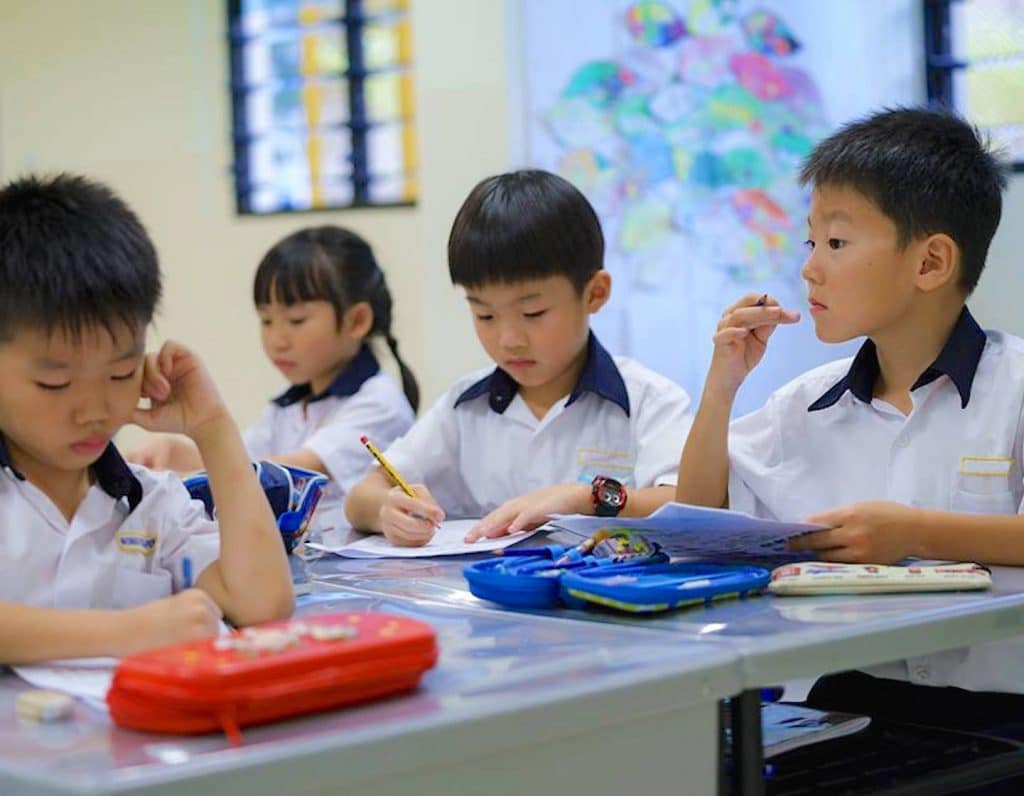
Is Primary 1 registration an orderly system or vale of tears? It depends on your citizenship status and what year your eldest child entered Singapore Public Schools
Over the course of my time in Singapore there have been several major shifts in the Primary 1 registration process, which has most Singaporeans, Permanent Residents, and expats flustered by its labrynthine procedures.
What has remained unchanged is that from late June through early August each year, K2 parents run around in various states of distress as they jump through hoops trying to get their child into the best school for their family.
Your experience will vary widely based upon your citizenship status. You can go here for a detailed breakdown of the phases. Permanent Residents like our family occupy a strange middle ground. PRs don’t get priority as citizens do (and rightfully so), but will get a seat in the public schools. Non-PR foreign students are not guaranteed a spot in local school, but are required to register their interest during a one-week period in June. Click here for more information about the online registration process.
Read more: The Updated Primary 1 Registration Process for Non-PR Expats
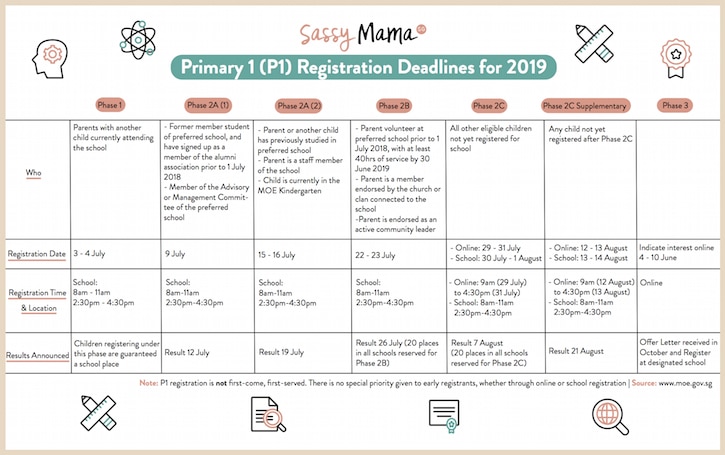
We know we’re lucky — expatriates without PR status are in the riskiest position when it comes to Primary 1 admission. Phase 3 is the final application phase, and the number of seats left by that point in the admissions process fluctuates wildly from year to year.
I spoke with the MOE in preparation for this article and they told me that in recent years, not all phase three applicants were accepted. This was not the first time this had happened in the last five years, and I would expect it to be an ongoing trend.
Non-PR Phase 3 families register their interest in early June, but will not be notified until late October, just a few weeks before Primary 1 orientation. A rejection will leave you with little time to find an alternative solution. Check out the Facebook group Singapore Expats in Local Schools for as much up-to-date information as you can hope to find.
When we applied for Permanent Residency, we were told that we would receive an answer between April 1 and June 1 of 2014. We assumed we’d have our answer from the Immigration and Checkpoints Authority of Singapore in time to get all our ducks in a row. I used the Onemap application and identified the five primary schools within 2km of our home. I had more than six months to fill before I knew what our residency status would be and what phase we would be registering in, and I did not use this time well.
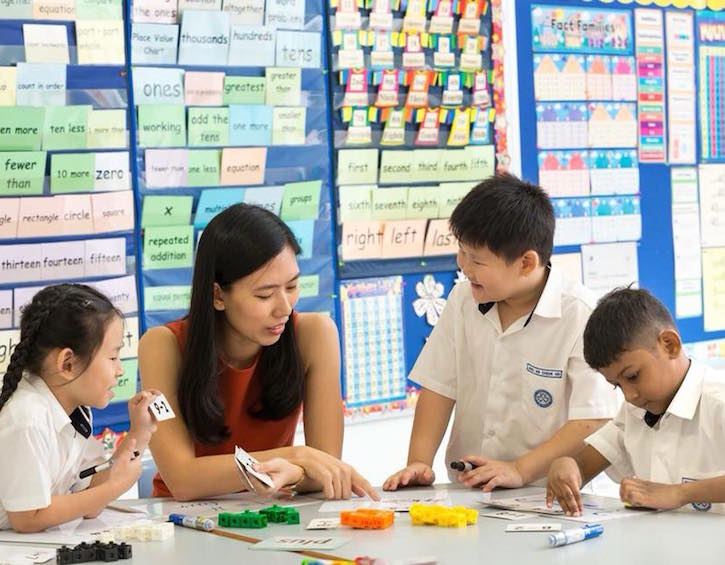
If you don’t think that the registration process will give you enough grey hairs to keep a colourist in business, I highly recommend the Kiasu Parents(KP) forums. There are region threads, as well as threads for every school in Singapore. Want to know what parents at primary school X are saying? Read the KP thread (in some cases these threads are hundreds of pages long). Want to know the history of the PSLE scores for your schools? Kiasu Parents has it.
For parents with self-control and a sense of perspective, KP is a useful tool. In the hands of others, like me, it’s like Googling the symptoms of your illness and spending the next few months deciding which rare condition you have.
Enrolment dates for each phase and the number of open P1 seats per school are announced in early June by the MOE. If you want to heighten your stress levels, you can watch the seats disappear phase by phase—day by day—until it is your turn. Phase One siblings snap up a large number of seats. Phase 2 is divided into five parts and the first three didn’t apply to us (children of alumni, younger siblings of former students, children with other ties to the schools, etc).
By the time 2C rolled around I was a wreck. We thought we would know our PR status by June 1st, but this was not how things worked out. We were very lucky to be approved for PR, but it didn’t happen until July 16, twelve days before we were to register Elanor for P1.
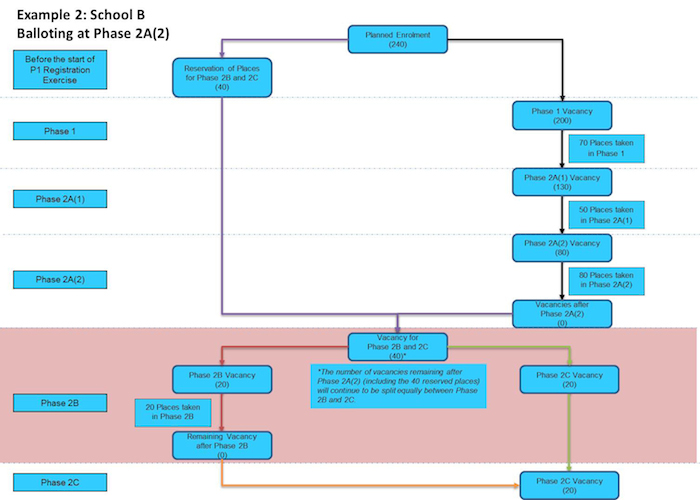
On the eve of August 1, the last day of the 2C registration process, I looked at the numbers for all five of our schools and we made our final choice. I was certain that we would show up at her P1 school to find a line of hundreds of people, or that they would reject our “in-principle” PR letter (despite the assurance that it was fine by the P1 hotline), give the vaccination record from the US side-eye, or that any number of calamities would arise.
Have I mentioned I can be kind of high-strung?
On August 1, however, we found a very quiet school and enrolment was a fast, painless process. Most of the students in 2C register on days 1 and 2, another reason Singaporean friends advised me to wait until day 3. By that point we were confident that we would be able to get a spot. A week or so later, Elanor was officially accepted at her primary school.
When I talk with parents of children in Singaporean schools, the stresses of P1 orientation are a unifying experience. We bond over this in the way that parents of younger children bond over sleepless nights, toilet training, and other milestones. More experienced parents smile at us, though, because they know this is nothing compared to what we’ll go through when the PSLE is upon us…



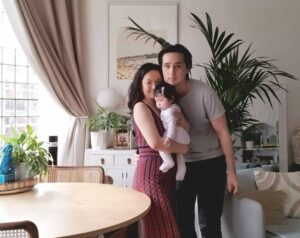
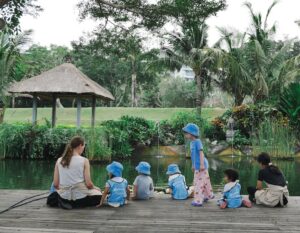

 View All
View All




 View All
View All









 View All
View All



